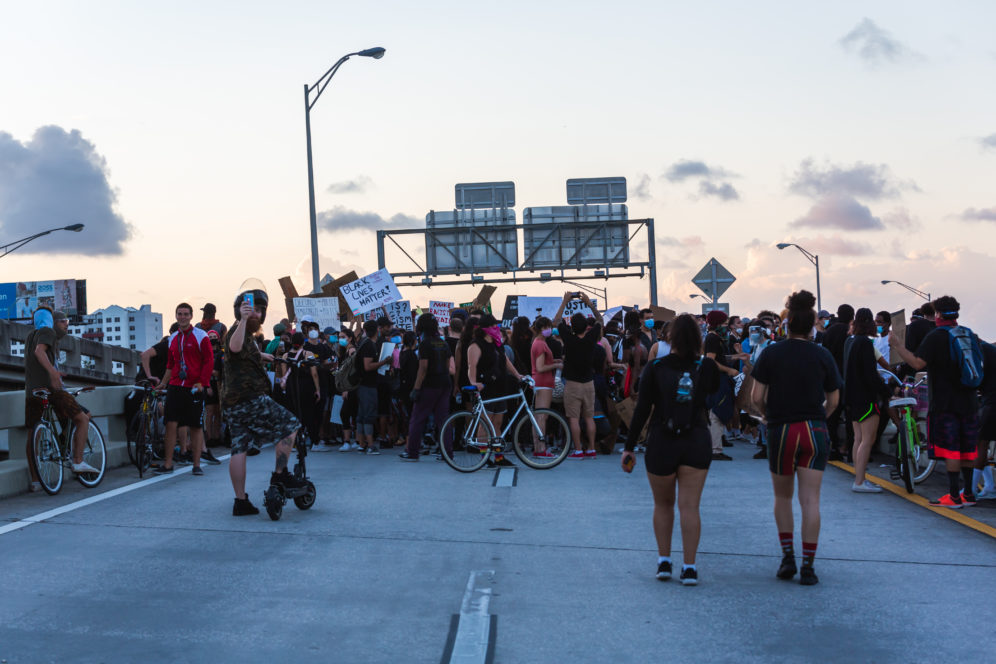
March 10, 2021
Highways and Zoning: Tools of Racist Policy
Reflecting after a Black History Month unlike any other
2020 was a pivotal year. In the United States, not only was the pandemic exacerbated by an abysmal federal governmental response, but tensions rose further with the amplified call for racial justice following the murder of George Floyd at the hands of the state. Racism has a long history in the US and the segregation and oppression of Black people have been realized through urban design, land use planning, and transportation.
Land use, transportation planning, and other policies are used throughout the world to marginalize and oppress vulnerable groups. This blogpost takes a deep dive into policies specific to the United States. These problems are unfortunately extremely common throughout the world.
Sadly, today the scars of structural racism remain visible in the physical infrastructure across the country. From Plessy vs. Ferguson, to Rosa Parks, to the Black Lives Matter protests that took over stretches of highways, transportation has always been used in the United States’ approach to racism.
Destruction of Black Neighborhoods
Central Park is one of New York City’s well known open spaces enjoyed by many. Very few know the unfortunate history upon which it was founded, on land taken from black homeowners in Seneca Village. Using eminent domain, the city razed one of the only neighborhoods where Black people were homeowners. An important note – in the 1850s (when Central Park construction began) men who did not own homes could not vote, so not only was owning land in Seneca Village a way of gaining a foothold in the economic ladder, but also the only way for Black men (women could not vote at the time) to participate in democracy. This practice has been repeated in cities across the US and globally.
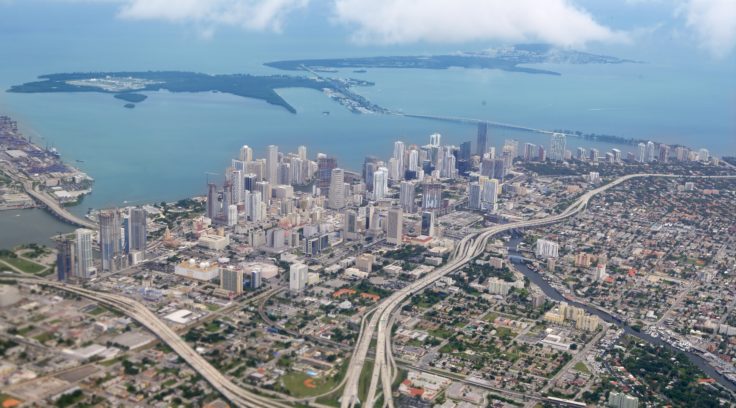
Miami was once home to “the Harlem of the South,” or the neighborhood of Overtown. With eminent domain, the state of Florida gutted a thriving cultural center to build a highway, the major I-95 expressway. This neighborhood was chosen in 1961, three years before the 1964 signing of the Civil Rights Act. So in a period when, politically, Black people were extremely disenfranchised and discriminated against (Jim Crow), this neighborhood was gutted and its residents were displaced, unhoused. This process lasted a matter of weeks as the city and government pushed through I-95, decimating one of the longest continuously inhabited neighborhoods of Miami, often providing little financial recourse for its refugees. Today Overtown has suffered from decades of disinvestment and pollution. From Dallas, to New York, to Los Angeles, highways were wielded to “remove blight” and succeeded in segregating and destroying communities that have not recovered to this day.
Highway Robbery
Throughout the US and elsewhere, highways have been insidious tools of racism and contribute to a public health crisis. COVID-19 was proven to be more deadly to people who have had more exposure to air pollution. Asthma, along with other severe health problems like childhood cognitive delays and premature death, is known to be exacerbated and perhaps caused by air pollution. Highways are some of the worst perpetrators of air pollution and particulate matter. Forcing people to live near dangerous, loud, and toxic roads is one of the ways the US keeps Black Americans segregated and disenfranchised. Highways continue to be built. They remain in place, next to communities they have all but destroyed. People have died of COVID-19 in higher rates because of their exposure to highway induced air pollution. The United States is home to 70 Interstate Highways, and an estimated 164,000 miles (or roughly 264,000 kilometers) of highways. Highways are still being built to the tune of millions of dollars. It’s high time to consider the damage these congested roads cause and look to a future without these tools of segregation and death.
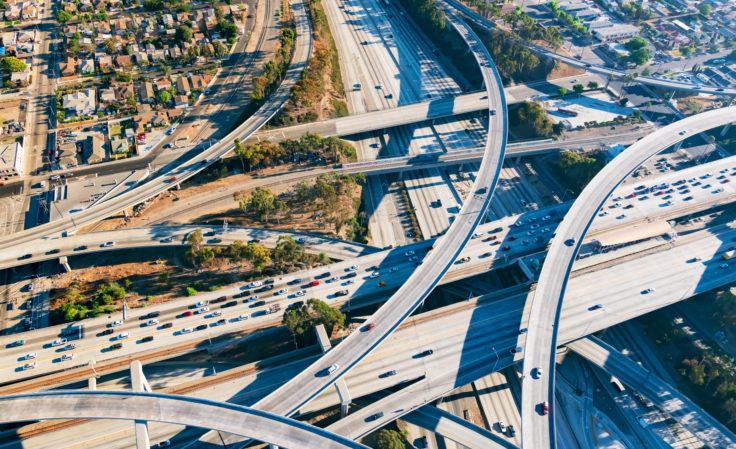
Redlining, Then and Now
Another insidious tool that resulted in housing segregation, economic disinvestment, and environmental injustice was redlining. Redlining, was a legal practice for much of the twentieth century. It allowed mortgage lenders and banks to discriminate against particular borrowers, thus preventing certain people from purchasing property in specific neighborhoods. This was state sanctioned: the Federal Housing Administration banned Black Americans from purchasing homes in certain white neighborhoods. In some places, developers of apartment complexes were explicitly banned from housing Black people. Redlining was officially outlawed with the Fair Housing Act of 1968, but is still echoed in various housing practices. These policies led to a disproportionate number of Black Americans being foreclosed upon in the subprime mortgage crisis of 2008 and have led to wealth disparities that remain stark today. An example from Michigan showed how, even today, Black people are more likely than white people to be denied mortgages and other home loans by banks. In the United States, this original sin of housing discriminations has been compounded through decades of generational wealth buoyed by tax policies that in which public school budgets are based on local revenue, which continues to grow the wealth divide. By essentially condemning communities to living in specific neighborhoods, and often pejoratively referring to them as “ghettos” governments have been able to both ignore and punish these Black Americans. Much of generational wealth in the United States is built from houses purchased in the post-World War II suburban boom, a time when redlining was used to prevent access by Black families to mortgages and loans necessary to purchase a single family home. Now, generations later, those seeds of prosperity which were unevenly distributed, have grown into totally divided lands. Even today, many historically Black neighborhoods have undervalued properties thanks to generations of discriminatory lending and housing practices.
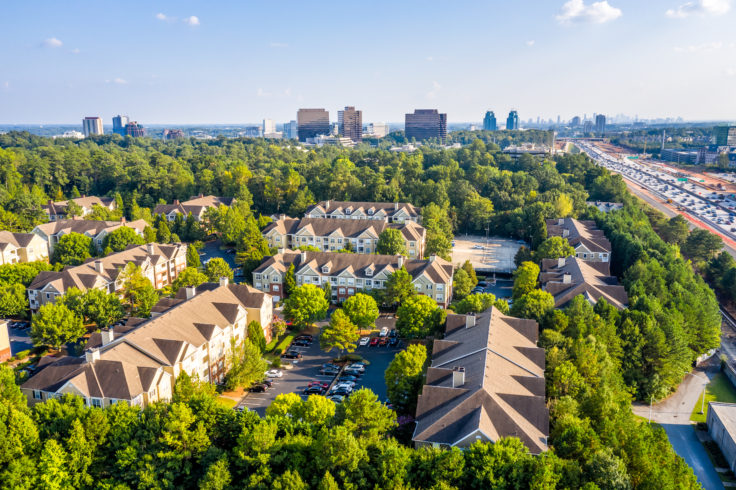
Zoning as a Tool and Weapon
Zoning laws are seemingly innocuous rules that dictate what and where something can be built within communities. However, these ordinances have been racially biased for years. Single family zoning, which dictates that within a certain area, only detached dwellings designed for single families can be built, is commonplace throughout the country. This law explicitly bans the construction of apartment complexes, duplexes, or other multi-family dwellings. This practice is pernicious in two significant ways. First, it contributes to significant sprawl; with no way to build densely, people live farther from commercial locations, and are often forced to travel by car to destinations that would otherwise be walkable in a denser environment. Secondly, it has been used as a tool to keep particular neighborhoods unaffordable to many by pricing out many people from living in otherwise desirable neighborhoods and school districts. Single family zoning has been called out by city councils nationwide as a racist and exclusionary practice. Luckily, some local governments have begun to take action. In 2019, Minneapolis, Minnesota’s City Council voted to ban single family zoning in a push to encourage and build equity in the city that a year later would become the focal point for much racial injustice. Just this year, Berkeley, California voted to ban single family zoning on the pretense that the practice was based in exclusionary and racist practices. These policies haven’t yet been banished, but these votes are a good first step.
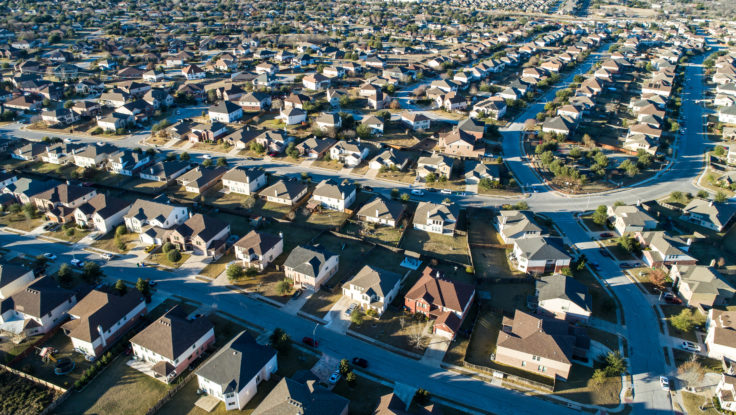
Looking Forward
To begin to make changes, it must be acknowledged that so much of US urban design and transportation has been based in racist practices. Without fully grasping those roots, it will not be possible to move forward in restoring land equitably. Banning single family zoning is a great place to start to encourage density and affordable housing, but requires hard-to-find political will. Some have called for exclusionary zoning perpetrators, or exclusive suburbs, to be sued. Other industries, like Home Appraisals, are beginning to acknowledge racial bias, which is a good step in rectifying generations of disparities. Secretary of Transportation Buttigieg has called to dismantle many of the destructive US highways and the Biden Administration has identified racial equity and climate change as related struggles that need to be addressed. Legislation has been proposed to begin to remove some of these highways by distributing funding for the destruction rather than the construction of highways.
One of the biggest tools in equity is sustainable transportation. With car dependent cultures, low income people pay a disproportionate amount of their expenditure for transportation. If people were better served with walking, cycling, and public transportation options, they would be able to commute without a car, an enormous monthly expense for many in the US. Parking is another way to redistribute resources within a city. Car owners tend to be middle and upper class, but with cheap or inexpensive spots on streets, their car storage is essentially subsidized by a tax base that is unlikely to drive, but who are required to pay for their monthly transit expenses. Prioritizing paid parking can increase revenue and redistribute transportation funds for priorities like public transit, which serve many more people. Equitable transportation is crucial to equitable transformation: highways need to be taken down and replaced with sustainable transportation. Destroying roads that are so dangerous and toxic will not only improve health outcomes for those living near them but will give people improved commutes and options to travel affordably throughout their cities. With potential stimulus money coming through Congress, and a renewed awareness of the ways Black communities have been uniquely impacted not only by decades of racist policies, but also by a weakened government response to the pandemic, there is an opportunity to begin to right the wrongs of the past.
